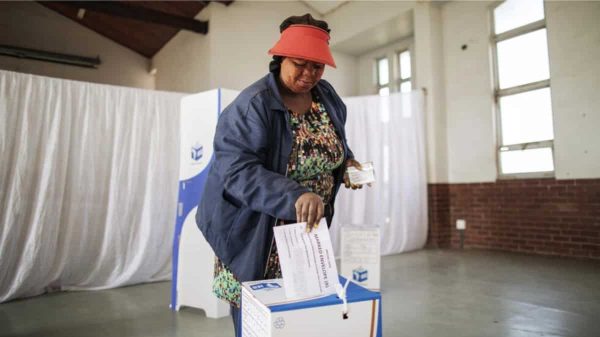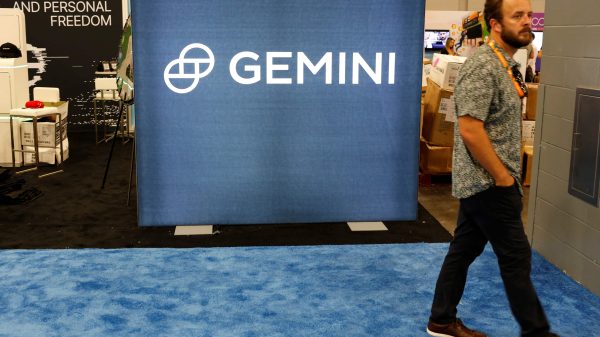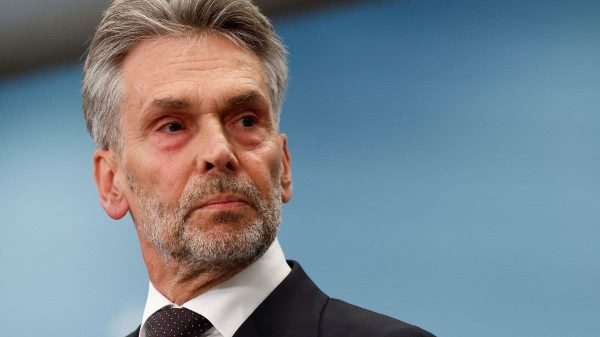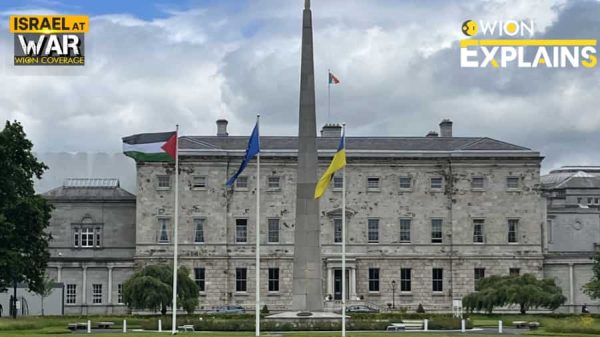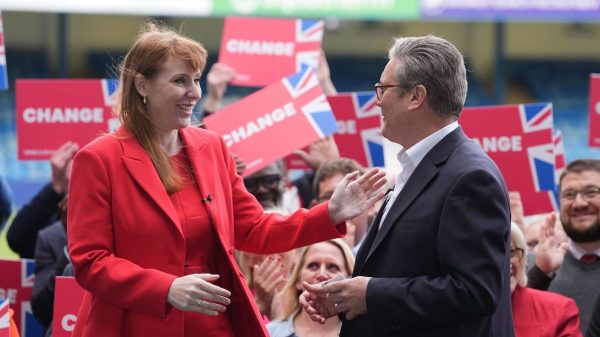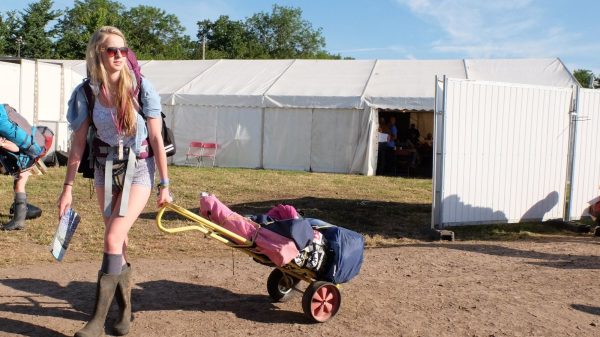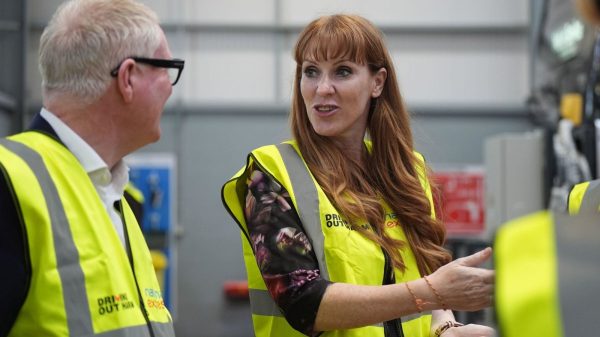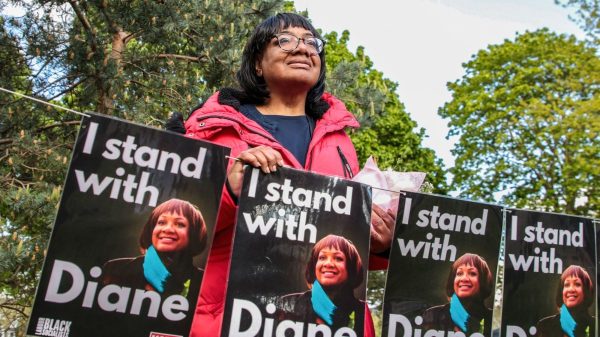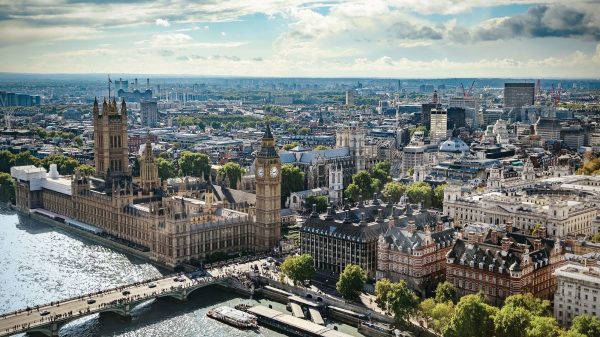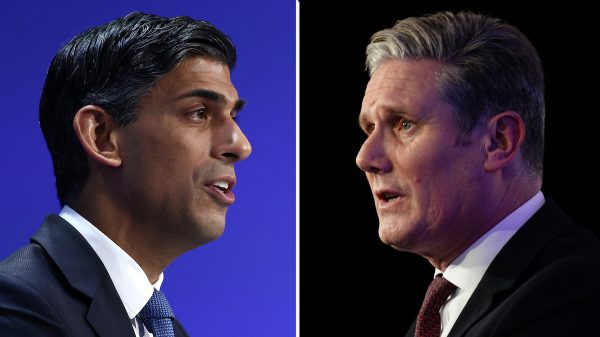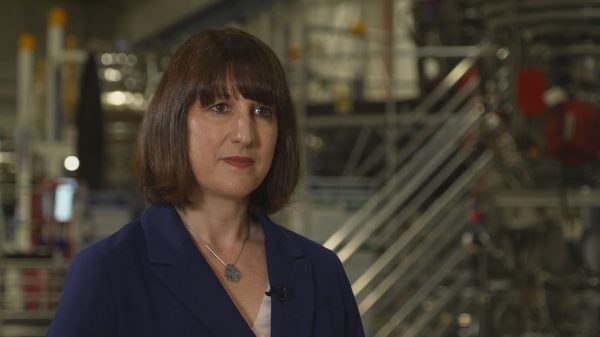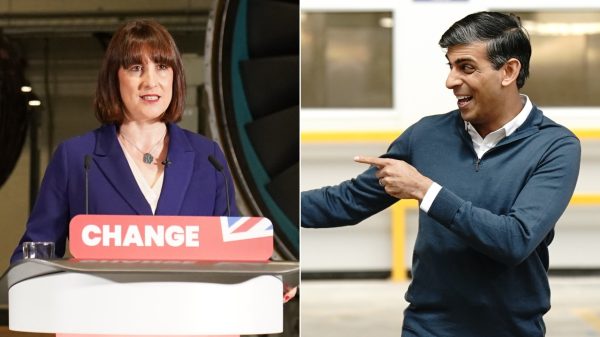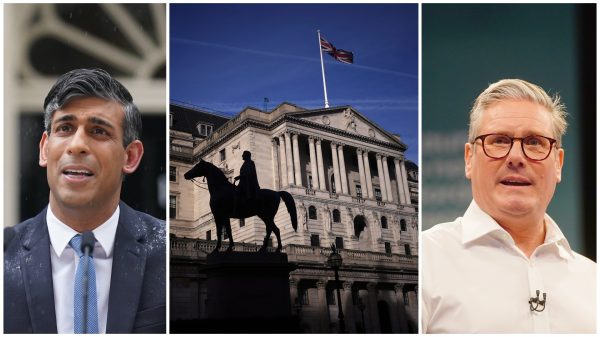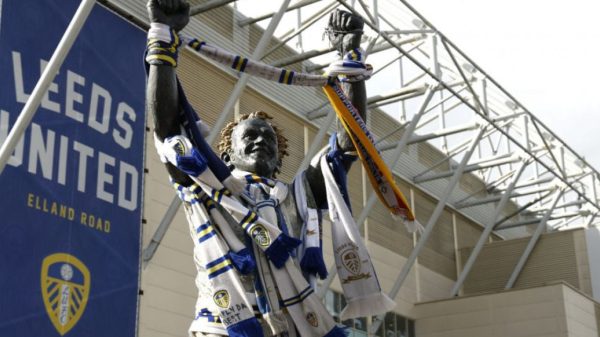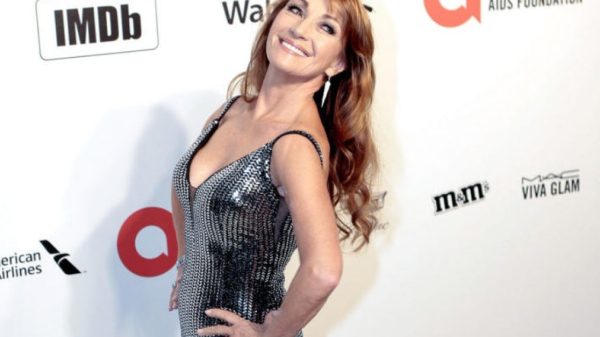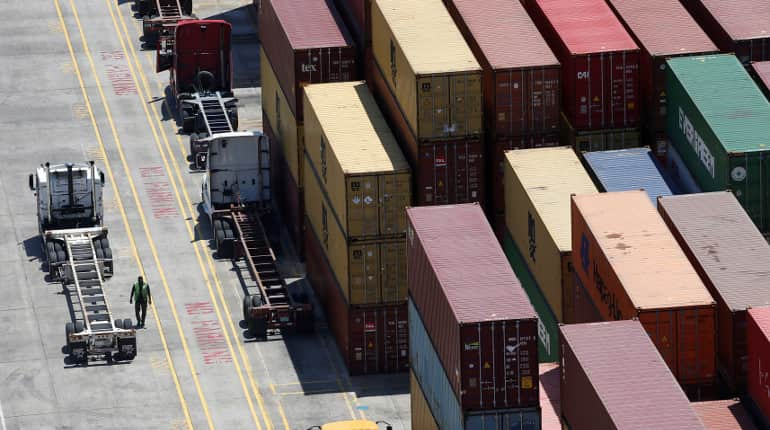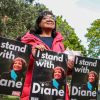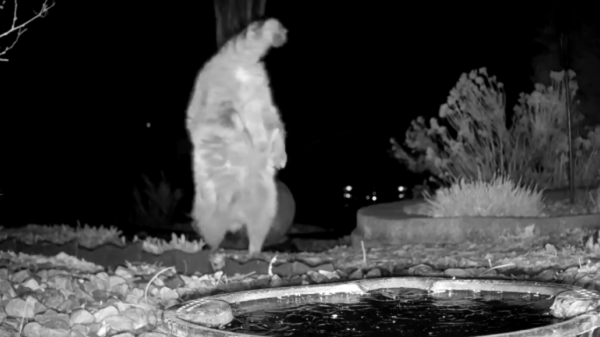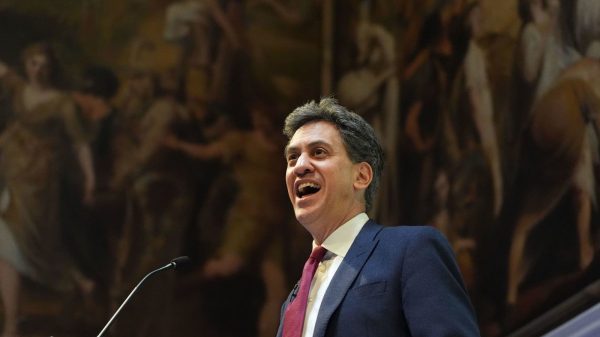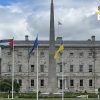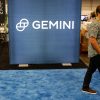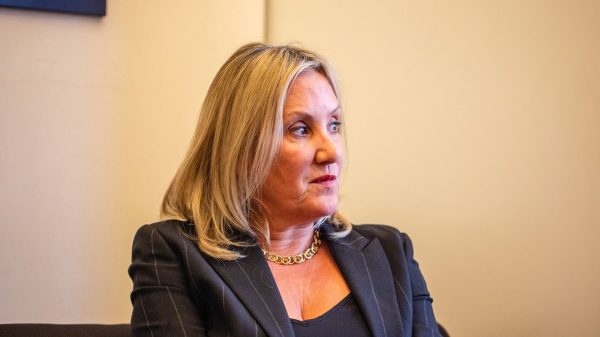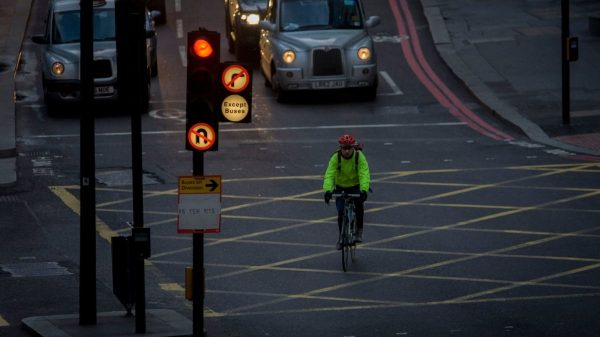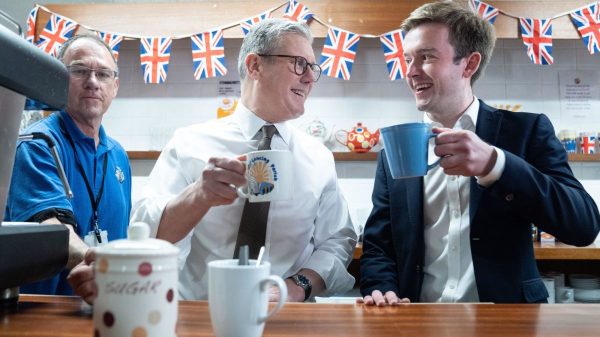US Economy Update
Slowest Growth in Nearly Two Years
The US economy witnessed its slowest growth in nearly two years during the first quarter. This was largely attributed to a surge in imports and a modest accumulation of unsold goods at businesses.
Federal Reserve and Interest Rates
Despite signs of strong demand, including an uptick in inflation, experts suggest that the Federal Reserve is unlikely to consider interest rate cuts before September.
Gross Domestic Product (GDP) Report
According to the Commerce Department’s report on first-quarter GDP, the economy expanded at a 1.6 per cent annualized rate, falling short of economists’ expectations. However, underlying indicators like domestic demand remained strong, suggesting that the moderation in economic activity may be overstated.
Consumer Spending and Business Investment
Consumer spending, along with increased business investment and an expanding housing market, indicated the economy’s resilience despite the slightly tempered consumer spending.
Inflation and Federal Reserve’s Decision
Inflationary pressures intensified during the first quarter, with implications on the Federal Reserve’s decision regarding rate cuts. The unexpected rise in inflation could reinforce the central bank’s choice to delay such cuts.
Labor Market and Consumer Spending
Despite concerns over a potential slowdown, the labor market remains resilient, with stable weekly jobless claims and sustained high wages supporting consumer spending, a key driver of economic activity.
Challenges and Diverse Drivers of Economic Activity
Challenges such as rising costs in services and potential reliance on debt by lower-income households indicate potential hurdles ahead. However, business investments related to artificial intelligence and strong consumer and business activities continue to drive economic growth.

